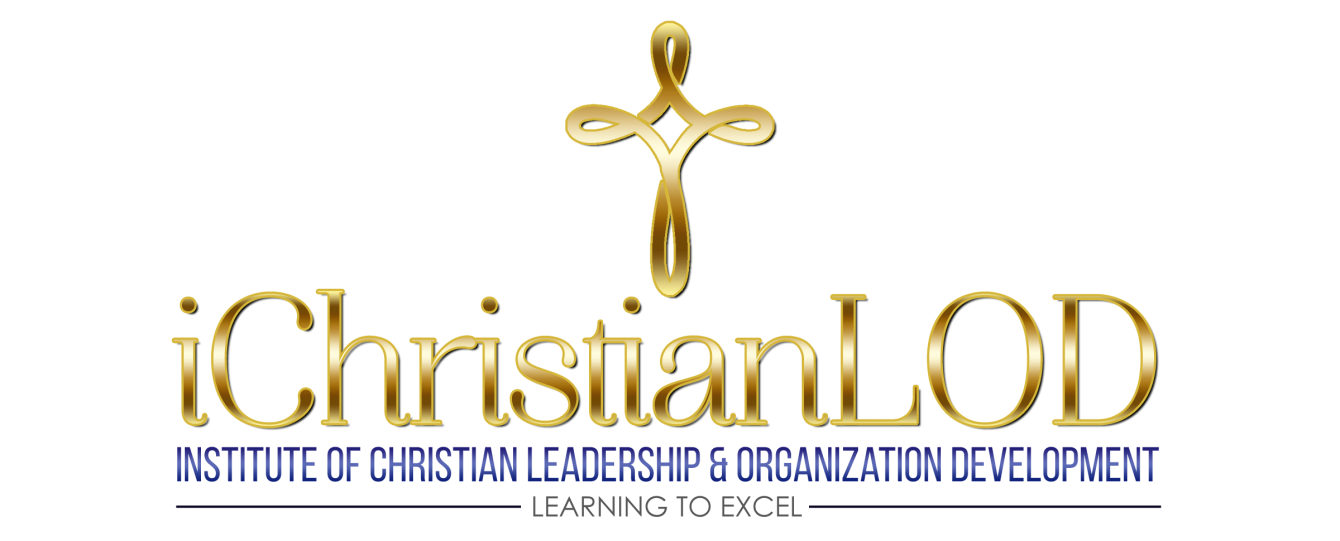How to Structure Your Team for Success
Studies show that 80 percent of all U.S. companies are using some form of teamwork to accomplish their objectives. Teams are being used at all levels of the organization; from the rank and file all the way to the boardroom. The team approach gives the workgroup a diverse set of skills and creativity to get things done. The question is, how do you configure your team to be most effective?
The design of the team depends upon the task that is being accomplished. All teams use some degree of interdependence. But the degree of interdependence varies from task to task. If you have a task to accomplish where everyone contributes their individual part, that’s called pooled interdependence, much like the teamwork you see in baseball. People are all in the same game even though they come and go at different times. If you have a task that requires functional grouping, where groups are responsible for specific parts of a task, this is called sequential interdependence. We see sequential interdependence in football where one group is assigned a specific section of a project. The highest degree of interdependence is when you have a task that requires everyone to work closely together and at the same time to accomplish the task. Specific functions are less defined, and there is a lot of personal contact between all the participants. An example of this highest degree of interdependence is seen in basketball (Brown, 2011).
In order to structure your team to be most effective, look at the task you are attempting to accomplish, and then structure your team accordingly.
Brown, D.R. (2011). An experiential approach to organization development eighth edition. Prentice Hall. Upper Saddle River,
New Jersey.

